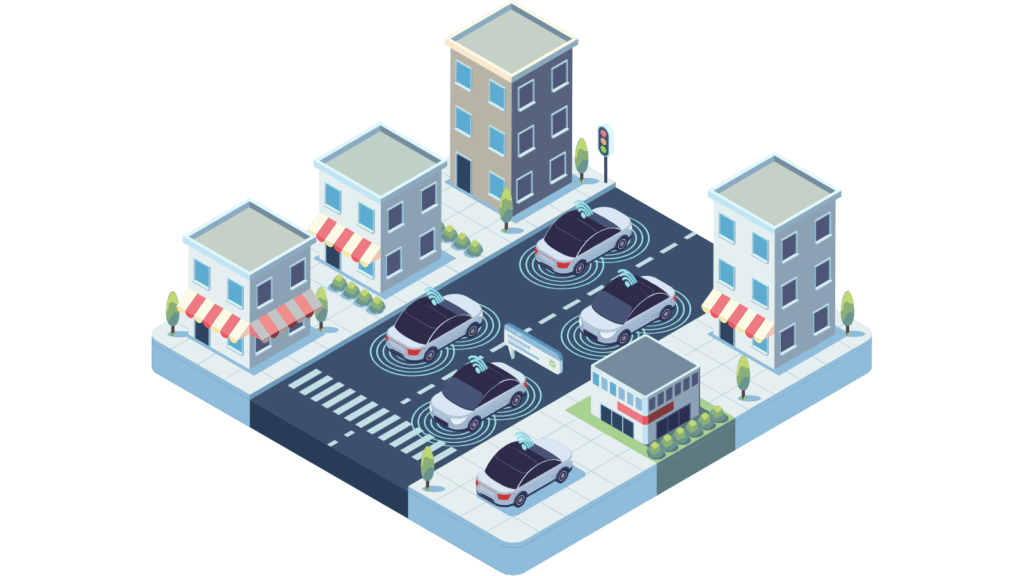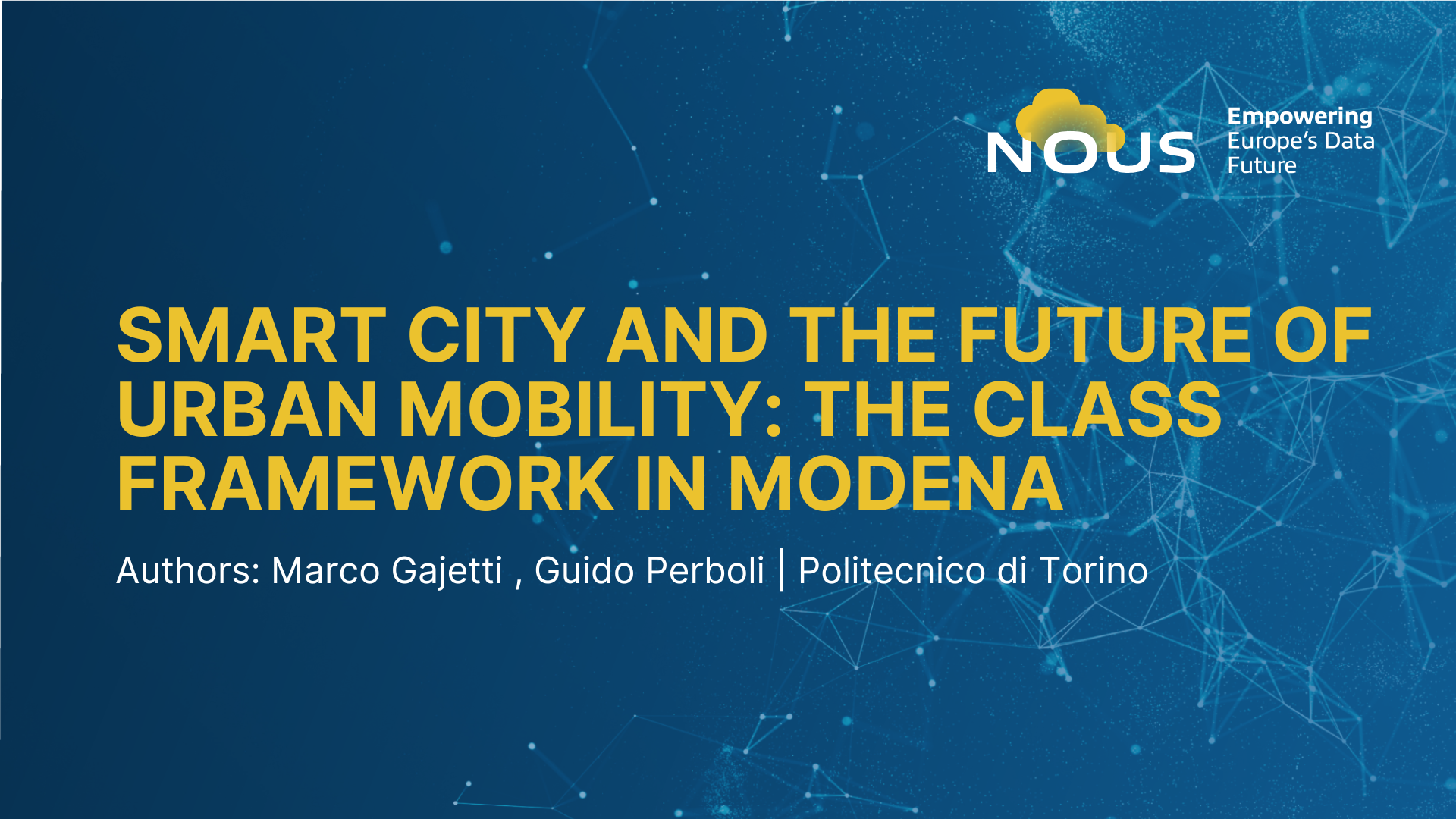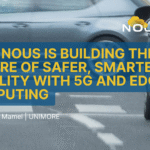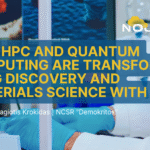Authors: Marco Gajetti , Guido Perboli , Politecnico di Torino
In Modena, innovation goes against tradition with the popularity of the MASA (Modena Automotive Smart Area) project. This initiative combines advanced technology and urban planning to create a more intelligent, secure and sustainable city. An essential element of this program is the CLASS framework, a system designed to develop and manage large amounts of data from the vehicle’s knowledge and urban infrastructure in real time, protecting mobility, security and durability.
What is the CLASS framework?
CLASS (Edge and Cloud Computation for Big Data Analytics) is a highly distributed software system to meet the complexity of the smart city. Developed data from the vehicle, sensors and infrastructure, guaranteeing timely analysis to improve urban mobility. CLASS is an integral part of the MASA project, a sky laboratory in Modena testing technology for autonomy and knowledge. This framework allows for a perfect integration of data in motion (vehicles) and data on response (of infrastructure), controlling traffic management, security monitoring and environmental monitoring. Come CLASS to improve urban life: Ecco comes to function CLASS in the urban environment MASA:
- Traffic management:
CLASS optimizes urban traffic analysis and real time data from sensors and traffic. It offers dynamic traffic routing, helping to ease traffic congestion and improve fluidity.
- Pollution control:
The framework values and data on traffic and ambient conditions to protect and control the atmospheric intensity. This functionality allows urban planning to implement policies that limit emissions, such as the regulation of traffic patterns or the limitation of access to all traffic.
- Smart parking:
CLASS uses real-time data to monitor parking availability. By sharing this information with drivers, it reduces the time spent searching for parking, thus alleviating congestion and lowering overall pollution levels.

The role of NOUS
The CLASS framework is a perfect example of NOUS’s principles in action. NOUS focuses on creating interconnected, intelligent systems that improve the efficiency of urban mobility. By integrating real-time data from vehicles, infrastructure, and environmental sensors, CLASS fosters the creation of a dynamic urban ecosystem. It mirrors NOUS’s vision of a data-driven, responsive city, where infrastructure adapts in real-time to the needs of its inhabitants, contributing to a safer, more efficient environment for all. This also serves as NOUS Use Case #1, in which the NOUS technologies will be tested.
Blockchain in the intelligent city
With the evolution of the intelligent city, the security and the trust of the scam are crucial. Blockchain technology offers an important role in guaranteeing the security, transparency and inviolability of data collected by sensors, traffic and urban infrastructure. Within the framework of the CLASS framework, the blockchain can be used to protect the communication between your network and urban systems, preventing interference and guaranteeing the integrity of the data in real time. This technology can also be used to verify the authenticity of the original data used in the decision-making process, making the system of the intelligent city more reliable and secure.
Conclusion
The CLASS framework, implemented in the MASA area of Modena, represents a fundamental step towards the future of urban mobility. Together with the infrastructure and environmental data, the system creates a dynamic and responsive urban environment.
Thanks to the collaboration of all pubs, universities and private companies, this case of use is distinguished by the fact that technological innovation can bring concrete results that are better than the quality of urban life.
Between the city of all the world uses similar technology, the integration of an intelligent mobility system, security based on blockchain and advanced analysis of data to improve the security, sustainability and efficiency of the city road. This is the vision of the future of urban mobility, which has taken shape in Modena.




